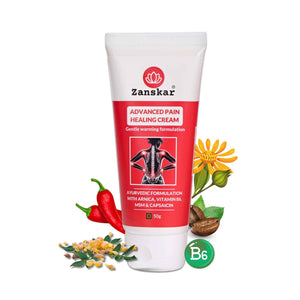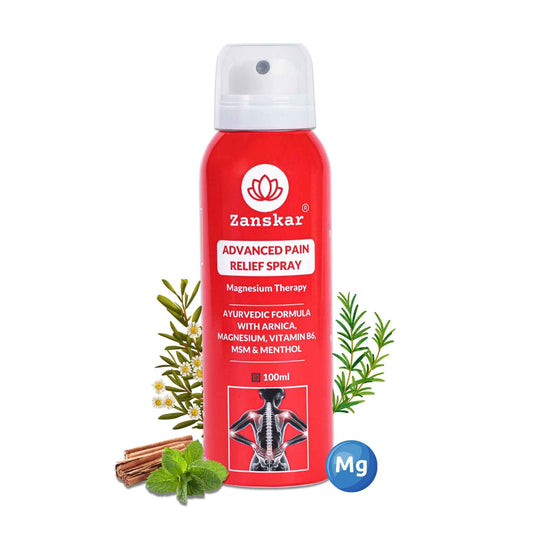
Proprioception: The Hidden Sense Behind Motor Skill Development
When we think of the five senses, we usually name sight, sound, smell, taste, and touch. But there’s another essential sense that plays a crucial role in how we move and interact with the world: proprioception.
Often referred to as the “sixth sense”, proprioception is our body’s ability to sense its position, movement, and actions in space—without us needing to look. It’s what allows us to touch our nose with our eyes closed, climb stairs without watching our feet, or catch a ball mid-air.

In this article, we’ll explore what proprioception is, why it’s important, and how it influences the development of motor skills—especially in children and those recovering from injury or neurological conditions.
What Is Proprioception?
Proprioception is the sense that tells your brain where your body parts are, how they’re moving, and how much effort is being used. This information comes from sensory receptors in the muscles, tendons, and joints. These receptors continuously send feedback to the brain about joint angle, muscle length, and tension.
Unlike touch or sight, proprioception operates mostly unconsciously, working in the background to help us move with coordination, balance, and control.

Why Is It Important for Motor Skill Development?
Developing motor skills—like crawling, walking, jumping, writing, or catching—requires more than just muscle strength. It also requires precise feedback about how the body is moving. That’s where proprioception plays a critical role.
Here’s how proprioception supports motor development:
1. Body Awareness: Children and adults with good proprioception can tell where their limbs are in space. This body awareness is the foundation for all movement, from basic walking to complex sports.
2. Balance and Coordination: Proprioception helps us shift our weight, adjust posture, and respond to changes in surface or position—all of which are essential for balance and coordination.
3. Controlled Movement: Fine motor tasks like writing or buttoning a shirt rely on accurate proprioceptive feedback. It lets the brain adjust grip, pressure, and speed to complete tasks efficiently.
4. Injury Prevention: Good proprioception helps detect when a joint is moving too far or in the wrong direction, triggering protective reflexes that prevent strains or sprains.
What Happens When Proprioception Is Impaired?
When proprioceptive processing is poor, people may appear clumsy, uncoordinated, or overly reliant on vision to perform tasks. Common signs in children include:
- Difficulty with balance or sports
- Frequent falls or bumping into things
- Poor posture
- Trouble learning new movements or motor skills
- Preference for crashing, bumping, or heavy play (seeking proprioceptive input)
In adults, especially those with neurological conditions, diabetes, or after injuries, proprioceptive deficits can lead to instability, falls, or poor motor control.
Proprioception dysfunction can be caused by injuries and disorders that affect any part of the proprioceptive system between the sensory receptors that send the signals to the parts of the brain that receive and interpret them.
Examples of injuries and conditions that can cause proprioceptive deficit include:
- autism spectrum disorder (ASD)
- herniated disc
- joint injuries, such as an ankle sprain or knee sprain
- joint replacement surgery, such as hip replacement or knee replacement
- multiple sclerosis (MS)
- stroke
- uncontrolled diabetes with peripheral neuropathy
- Parkinson’s, Huntington’s or Lou Gehrig’s disease
How to Improve Proprioception
The good news is that proprioceptive skills can be developed and strengthened through specific activities:
1. Activities for Children:
- Climbing, jumping, and crawling
- Playing with weighted balls or resistance bands
- Obstacle courses
- Animal walks (bear crawl, crab walk)
- Yoga or gymnastics
2. Activities for Adults:
- Balance training (e.g., standing on one leg)
- Strength training with slow, controlled movements
- Walking on uneven surfaces (sand, grass)
- Physical therapy exercises post-injury or surgery
Occupational and physical therapists often incorporate proprioceptive training to support sensory integration and improve motor planning and execution.
Takeaway
Proprioception is essential for developing strong, coordinated, and safe movement. It forms the invisible framework that supports every physical activity we do—whether it’s a toddler taking their first steps or an athlete refining their performance.
By understanding and nurturing this hidden sense, we can support better motor skill development, prevent injuries, and promote more confident, purposeful movement at every stage of life.
Learn More About Zanskar Health
If you have joint or muscle pain that makes it hard to move, Zanskar offers the most advanced full stack pain relief solutions for you.
Now available to purchase, Zanskar® Advanced Pain Healing Cream has a unique formulation of natural ingredients like Arnica, Vitamin B6, MSM and Capsaicin, which is trusted by over 20L+ pain sufferers globally. It provides lasting relief from muscle and joint discomfort that you can feel good about. Get your fix before stocks run out - buy now.
You can also gain access to therapeutic exercises and stretches for your condition by downloading the Zanskar Health physiotherapy mobile app. Additionally, you’ll have a personal care team to guide, support, and tailor our program to you, including behavioral and nutritional coaching.
Download our mobile app here 👉 download and track your exercise streak.
Medical Review: This article is written and medically reviewed by Dr Nishtha Mittal (Senior Health Content Editor at Zanskar Health). This article and its contents are provided for educational and informational purposes only and do not constitute medical advice or professional services specific to you or your medical condition.







